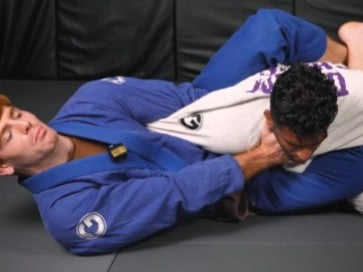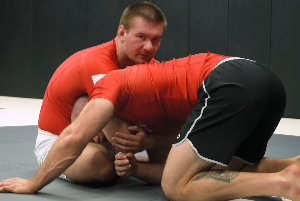One of our customers (James) recently asked Dean Lister, a renowned figure in the jiu-jitsu community, whether he should focus solely on gi training, stick to no-gi training, or incorporate both into his routine. This question is quite prevalent among jiu-jitsu beginners and often elicits a variety of responses.
Lister points out that there's a common belief that gi training is more technical. Indeed, this can be true to an extent. However, some argue that gi is for 'pajama nerds'—a jestful comment that, according to Lister, doesn't constitute a serious insult. Ultimately, the debate between gi and no-gi is subjective, heavily reliant on personal preferences and experiences.
Lister shares his experiences of seeing skilled professionals flounder once the gi is removed. They struggle because they're accustomed to grabbing the belt or the sleeve, and they're unfamiliar with locking hands without a gi. Conversely, even some world champions exhibit flawed techniques because they exclusively train without a gi.
According to Lister, the advantages of training with a gi are manifold. Things don't slip as much when wearing a gi, which imparts a sense of control and confidence. With no-gi training, however, a solid grip can be more challenging to maintain. But that's not all there is to it.
With gi training, you're forced to develop your escapes and defense skills more solidly because slipping your way out of trouble is rarely an option. No-gi training, on the other hand, is faster and doesn't rely on a uniform. Its fast-paced nature means you need to anticipate and execute moves quicker, thereby refining your speed and responsiveness.
While discussing the practical applications of jiu-jitsu, Lister emphasizes the value of understanding how clothing can be used in self-defense situations. A jacket, or even a shirt, could be manipulated effectively in a real-world altercation. Learning to fight with and without the grip provided by clothing is a vital aspect of comprehensive self-defense training.
In the end, Lister advocates for a balanced approach. He encourages students to try both gi and no-gi training and see which they prefer. Students should immerse themselves in the style they enjoy more, but should also aim to incorporate both styles into their training eventually.
For those hesitant about gi training because it may slow them down, Lister advises giving it a try. The most important thing is to enjoy the process and feel a sense of progression. After all, the essence of jiu-jitsu—or any martial art—is not just about mastering techniques; it's about personal growth, enjoying the journey, and loving the art.
Lister concludes by emphasizing the importance of aligning your training with what you enjoy and what makes sense to you. The goal is to develop a complete style that combines the best of both worlds—gi and no-gi. And that journey should be one of personal enjoyment and constant improvement.
Watch the whole video on YouTube here:



